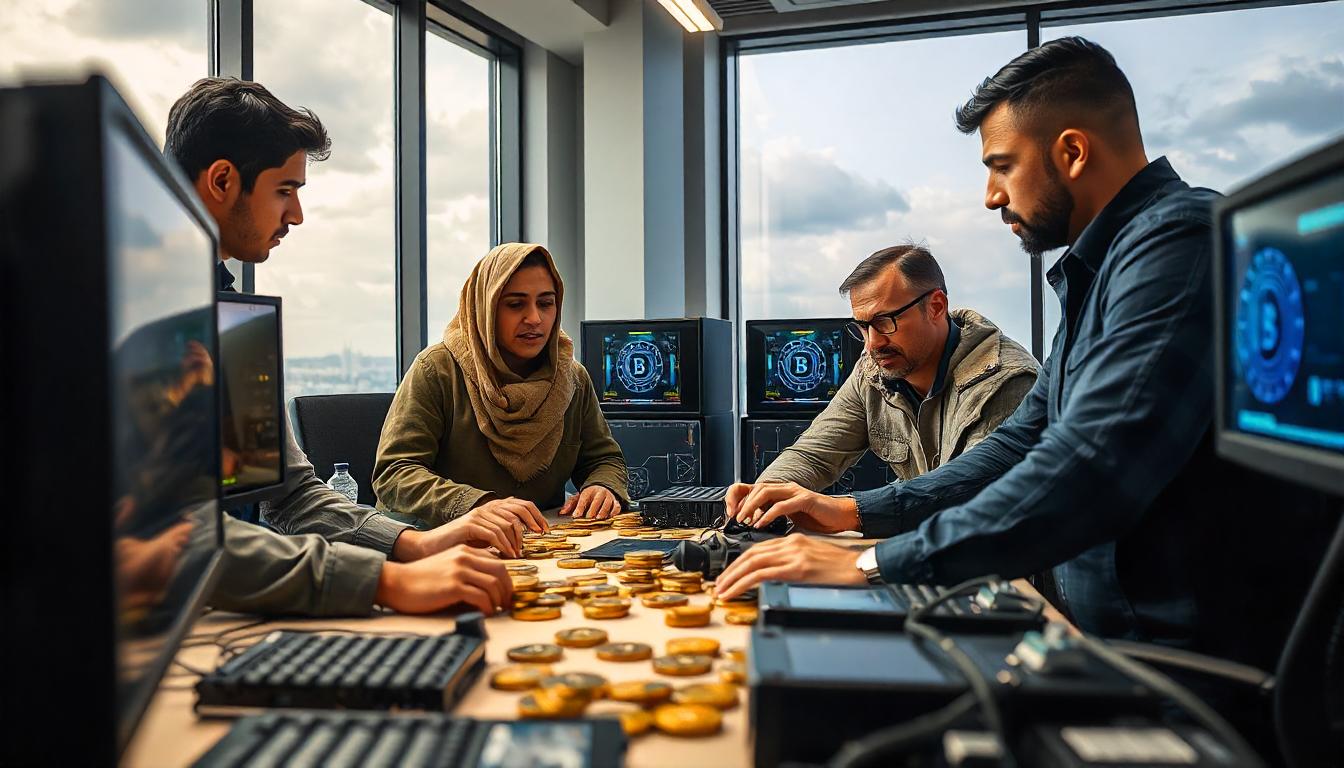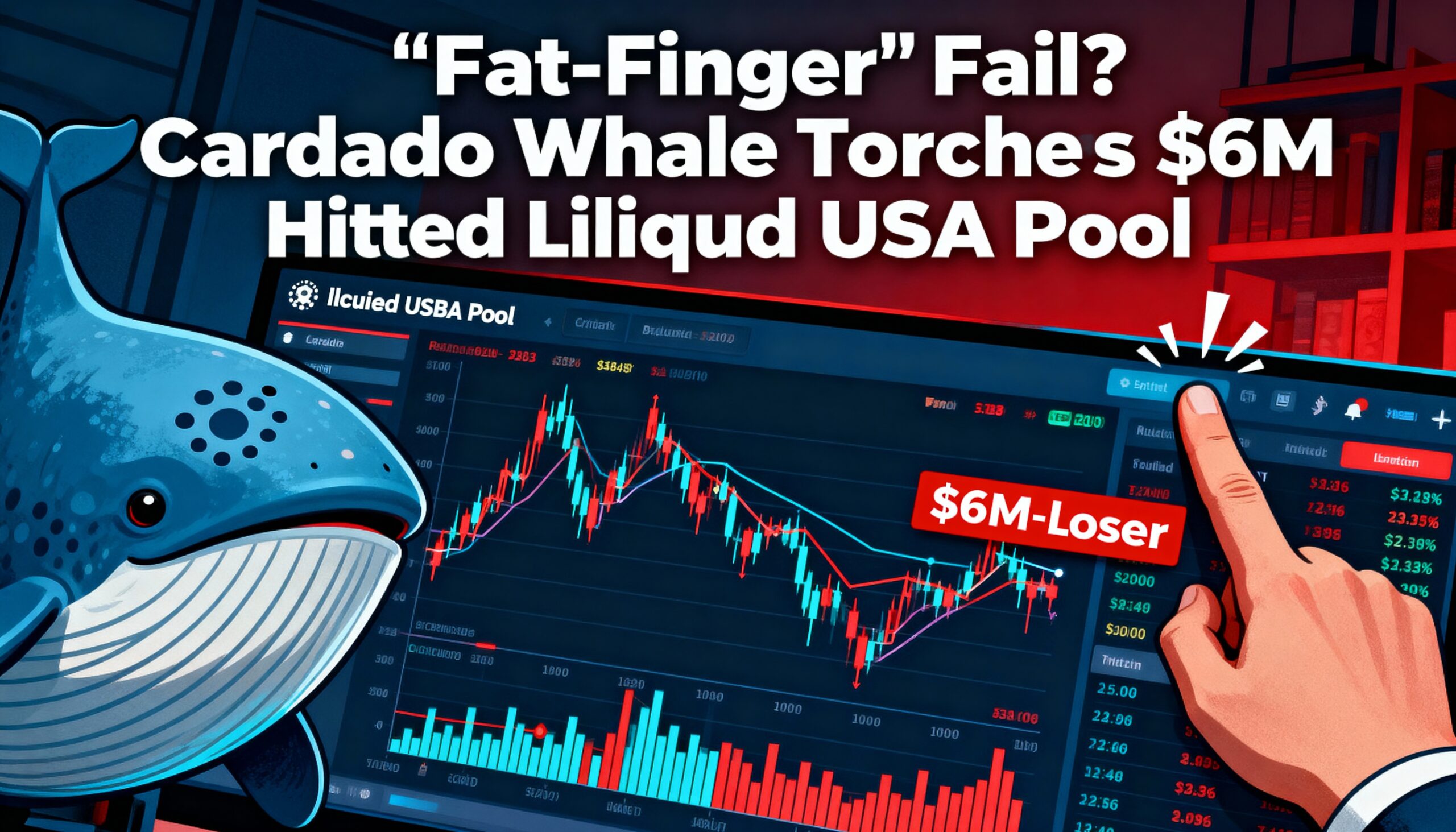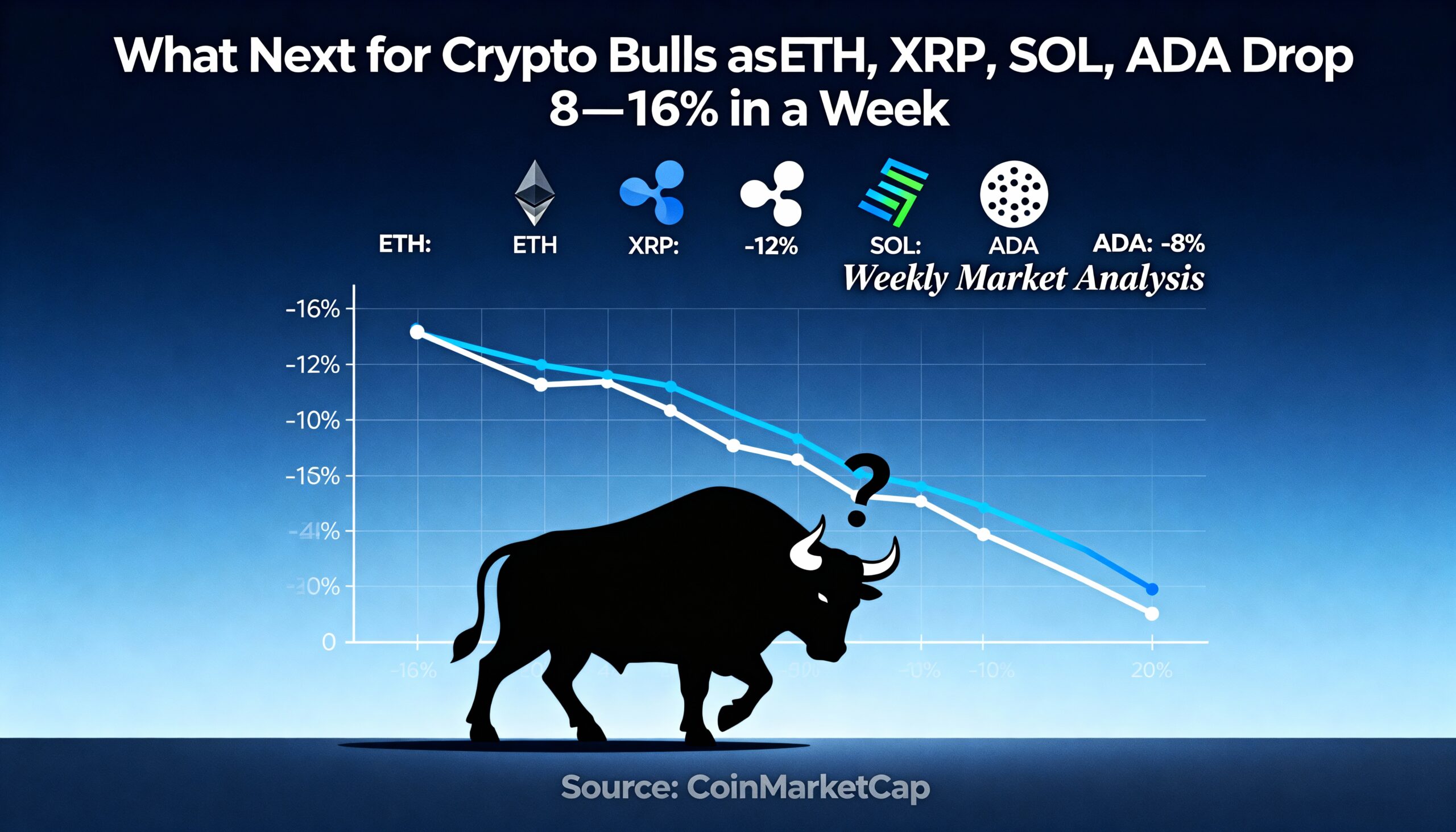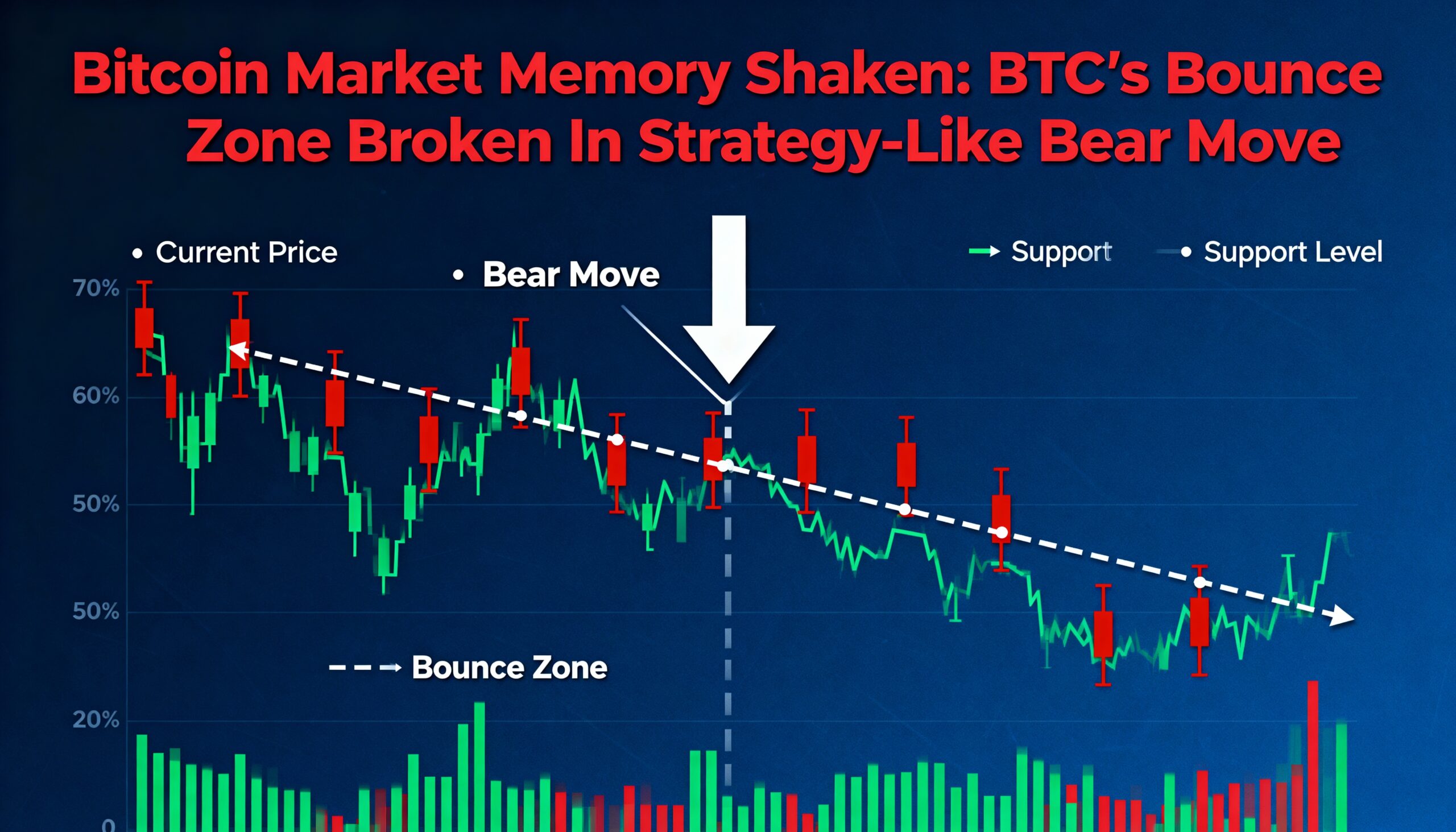
JPMorgan’s latest report highlights a growing trend where crypto miners are following in the footsteps of MicroStrategy (MSTR) by adopting a bitcoin accumulation strategy. This shift is primarily driven by the pressures on profitability after the reward halving in April, as well as the increased difficulty of mining due to a rising network hashrate.
The hashrate, which represents the overall computational power used to mine and verify transactions on a blockchain, has led to heightened competition in the mining sector, prompting miners to either hoard their bitcoin or explore other opportunities, including diversifying into artificial intelligence (AI) and high-performance computing (HPC), according to JPMorgan analysts led by Nikolaos Panigirtzoglou.
One example of this strategy in action is MARA Holdings (MARA), which now owns 35,000 BTC, valued at around $3.5 billion, making it the second-largest publicly traded company in terms of bitcoin holdings. This approach mirrors the one used by MicroStrategy, which has made bitcoin acquisition a core part of its strategy.
Beyond mining companies, other businesses have also begun to follow this trend. Semler Scientific, a medical device maker, has joined the ranks of bitcoin buyers, accumulating $144 million worth of the cryptocurrency.
The introduction of spot bitcoin exchange-traded funds (ETFs) in January has given institutional investors an alternative route to gain exposure to bitcoin, causing a shift in the market. Shares of mining companies, once viewed as a proxy for bitcoin’s performance, have lagged behind due to the rise of these ETFs.
Moreover, miners are increasingly opting to finance their operations through debt and equity offerings instead of liquidating their bitcoin holdings. This year alone, miners have raised over $10 billion in equity, surpassing the previous record of $9.5 billion set in 2021, according to JPMorgan’s report.























